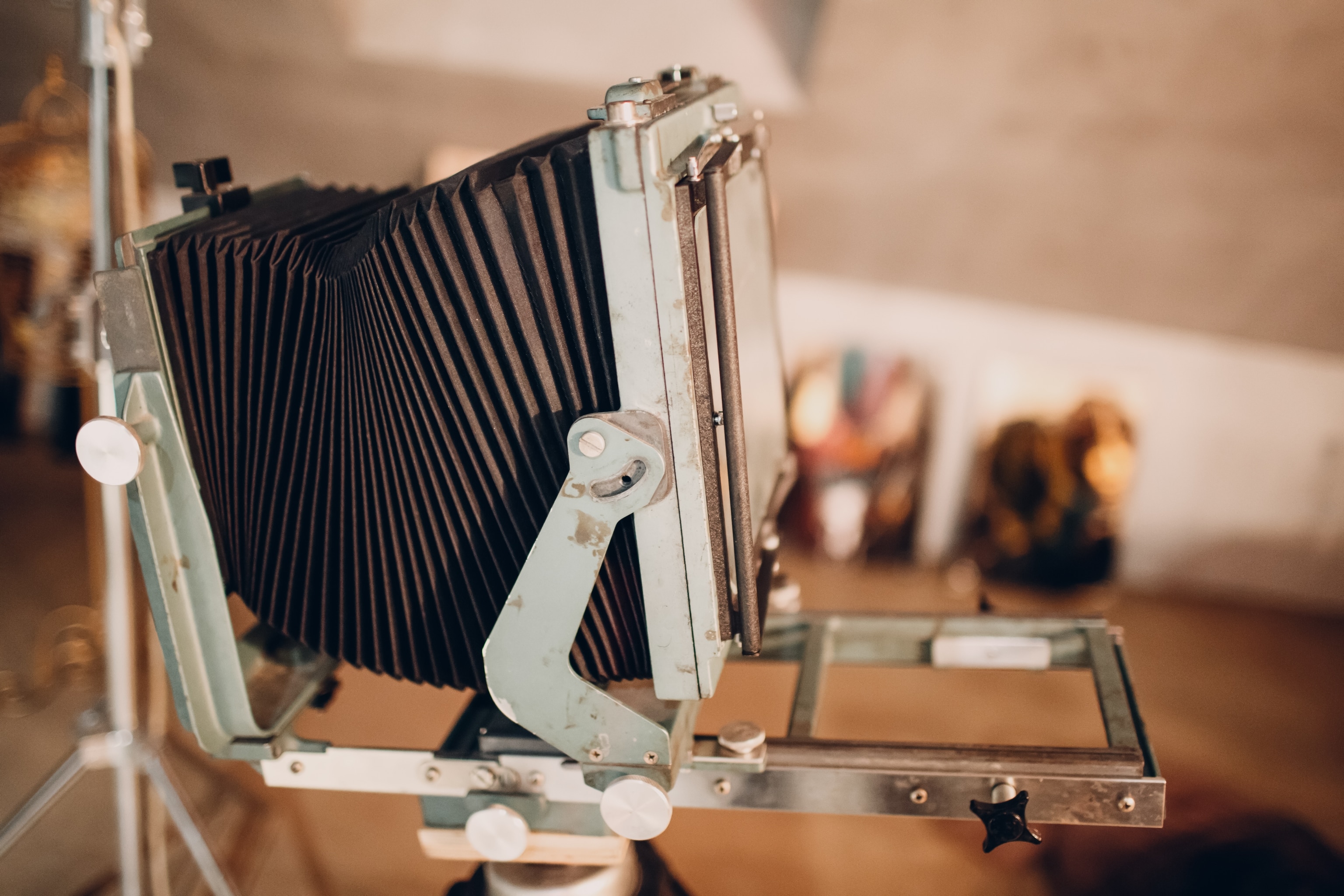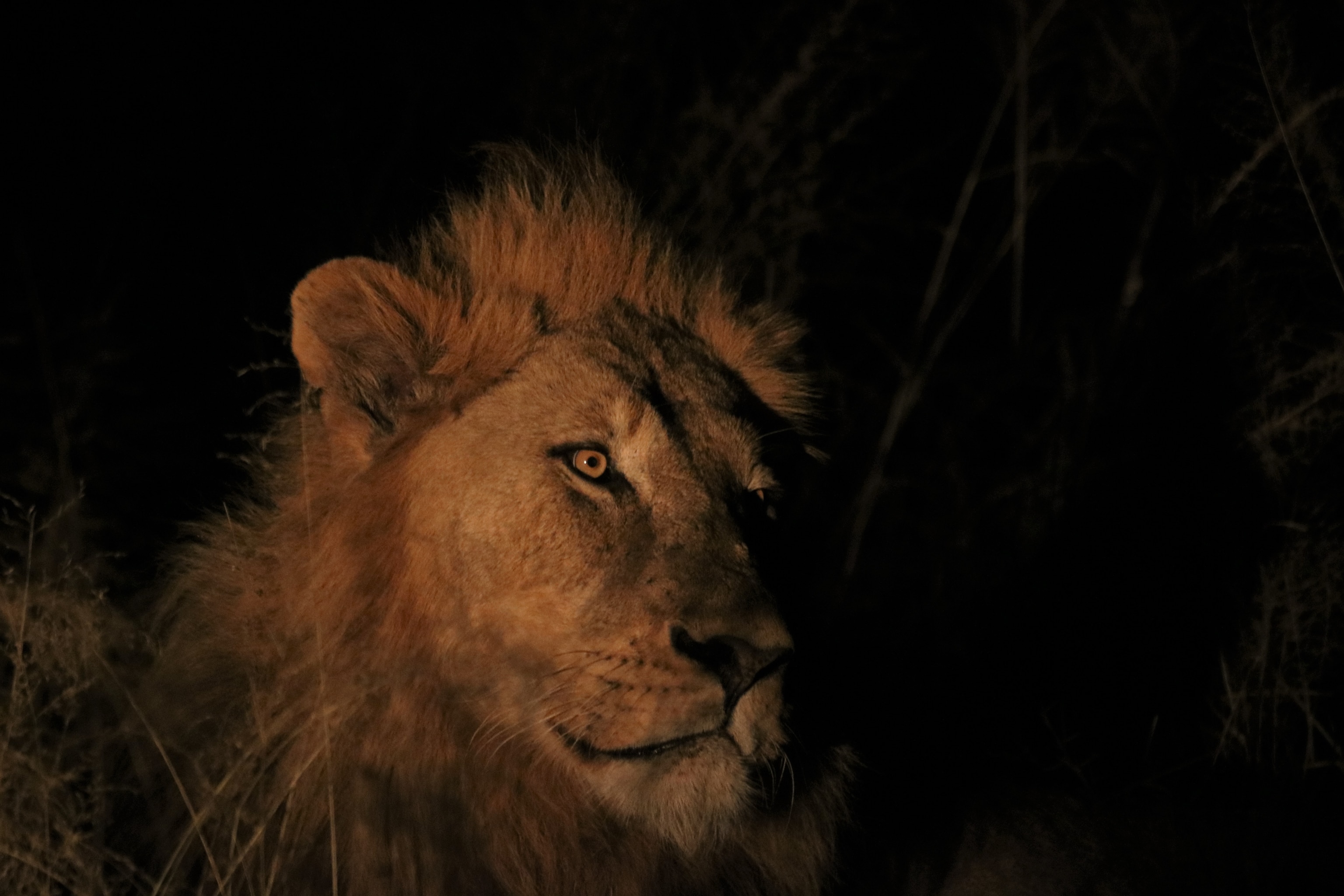Shades of dark: the story of night photography
Today’s camera technology enables almost anyone to take impressive photographs even in the lowest light. But the art of night photography has been driven by a few key personalities in a story that stretches back to the origins of photography itself.
In 1895, when English photographer Paul Martin began making photographs of London at night, passers-by ridiculed him saying it was impossible to use a camera at night—he should stop wasting his time and go home to his wife. Martin’s celebrated book, London by Gaslight, proved them wrong but it did epitomize the problem: cameras work by capturing light, so making pictures at night was the photographic final frontier. Today however, technological innovations in cameras and even some smartphones make it possible for anyone to capture strikingly clear images in low light. And people pushing the boundaries of night photography is a story almost as old as the camera itself.
Nicéphore Niépce produced the first permanent photograph in around 1822, using a process later perfected by the artist and inventor Louis-Jacques-Mandé Daguerre. Daguerre gave his name to the daguerreotype, the first fully-fledged form of photography, that he revealed in January 1839. Just a few days earlier, Daguerre is credited with pointing a telescope into the night sky and making the first ever photographic image of night’s brightest feature—the moon. Unfortunately, his historic lunar image was blurred and existed for only a few months before being destroyed in a fire.

The first verified daguerreotype of the moon was made a year later by John William Draper. His notes describe exposing a prepared plate (a highly polished, silver-plated sheet of copper sensitized with iodine and bromine) to moonbeams focused through a double convex lens. The haunting image, framed by a bright halo, captures both the light and dark shading of the moon. In 1850, John Adams Whipple and William Bond of the Harvard Observatory went on to make the first successful daguerreotype of a distant star—Vega. Their collaboration kick-started astrophotography: barely a decade after photography began, it was probing the night sky for the secrets of the universe.
While astrophotography pointed cameras to the cosmos, George Shiras swapped a hunting rifle for a camera to pioneer wildlife photography—notably at night. In 1893, Shiras captured the first known night-time photograph of animals, a striking image of three deer leaping away from the burst of his flash. Over the following decades Shiras’ night photography lifted the veil on the nocturnal activities of animals with National Geographic magazine dedicating almost an entire issue to his photographs in 1906 and President Theodore Roosevelt imploring him to publish them as a book.
For his earliest photographs, Shiras would simply float quietly in his canoe and point the camera towards promising sounds in the darkness, but over time he devised innovative techniques still used today. As well as his ground-breaking use of flash (an explosion of magnesium powder) Shiras adapted a native American hunting technique called ‘jacklighting’: Locating animals in the dark by looking for his lanturn’s glow reflecting in their eyes before triggering the flash and camera. Shiras also invented camera traps, setting bait, and using tripwires to remotely trigger both flash and camera.

Naturally, technological advances drove the art form forward and in the 1880s it was the invention of the gelatin dry plate that allowed for the longer exposures and greater light sensitivity night photography needed. From the 1890s, photographers including Paul Martin in England and Alfred Stieglitz in New York experimented with this, Stieglitz cutting exposure time from 30 minutes to less than a minute enabling him to capture moving objects at night. But it was the Hungarian photographer Brassai who popularized night photography. In the early 1930s, Brassai’s Paris de Nuit documented the seedy side of the city’s nightlife, sometimes using nature to enhance the urban images and relishing the rain and fog that he felt made the city more photogenic. His work was an immediate hit and night photography was accepted by the art scene.
However, by the 1940’s interest waned and wasn’t really revived until the 1970s when a new wave of night photographers emerged focused in California. Among the leaders of the revival was Richard Misrach whose stark night-time images of cacti, trees, rocks, and the desert floor helped turn him into one of the most influential photographers of his generation. Around the same time, Steve Harper began to capture the passage of time by using 20-minute exposures to track the movement of the stars across the night sky. A pioneer in the field he painstakingly explored, researched, and taught the art of using different lighting techniques, film types, and developing protocols to perfect night photography for a new generation of enthusiasts.
The arrival of digital cameras has taken night photography to a new level, where lenses can cut through the blackness to see what even the eye cannot. Improved sensors capture light ever more efficiently while software reduces the grainy quality associated with low light photography. The next leap forward is to make such technology accessible to everyone, something that leading global smart device brand OPPO has realized with its flagship OPPO Find X5 Pro smartphone. Cameras are now synonymous with cell phones, enabling more people to capture more sights and special moments than ever—and at ever improving quality. But taking good low-light photographs on a smartphone has long been a challenge.
The OPPO Find X5 Pro has been specially designed to master the low light photograph and capture night scenes with unprecedented clarity. Its 4K ultra-night video and ultra HDR capabilities are powered by OPPO’s self-developed imaging NPU, capturing videos at night that are bright, rich in detail, and awash in captivating colours. Together with its incomparable dual flagship IMX766 camera system and incredible SUPERVOOC™ Flash Charging technology, the Find X5 Pro opens up new levels of authenticity to photographs taken in the dark. Now, like Paul Martin, we can brush off the cynicism that a night photograph is impossible and even instantly show that a crystal-clear night image can be achieved on a smartphone—flawless night photography has come to the masses.
For more on 'Endangered color after dark', click here.